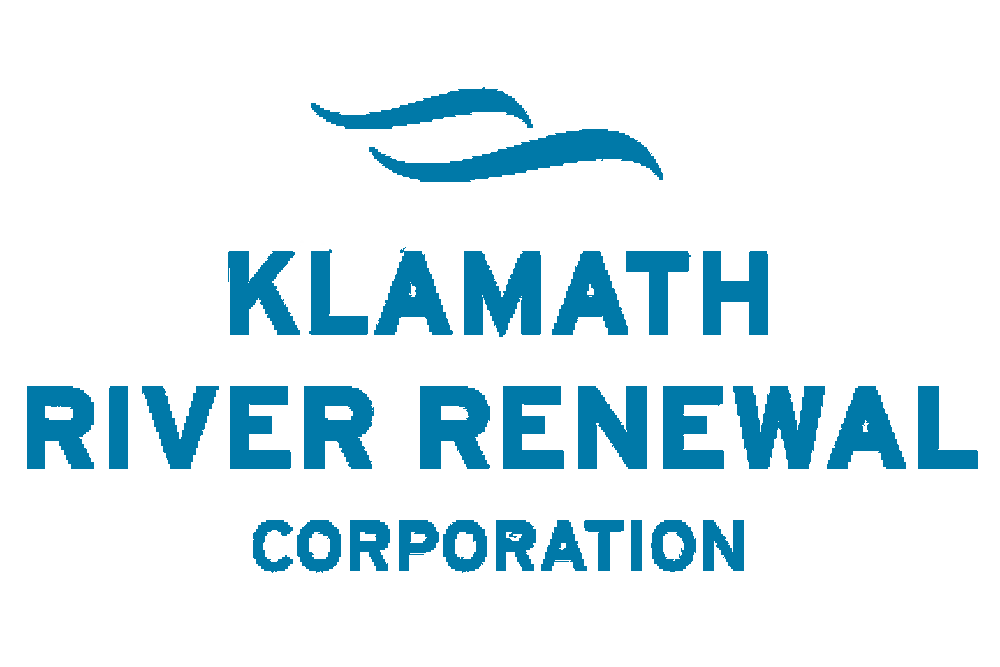FOR IMMEDIATE RELEASE
January 12, 2024
CONTACT:
Ren Brownell, Public Information Officer
(530) 670-0016
ren@klamathrenewal.org
Reservoir Drawdown Initiated at Iron Gate Dam
Draining the reservoirs is the first step towards the removal of the 3 remaining Klamath Hydroelectric dams
Draining the reservoirs is the first step towards the removal of the 3 remaining Klamath Hydroelectric dams
Hornbrook, CA – Yesterday, the Klamath River Renewal Corporation (KRRC), initiated the drawdown process by opening the low-level outlet tunnel in the Iron Gate Dam. Drawdown refers to the slow draining of the water in the reservoirs, which will be lowered in a controlled manner through tunnels located at the base of the dams. Drawdown of the JC Boyle and Copco Reservoirs will begin later this month, and all reservoirs are expected to be drained by the end of February.
“Witnessing the beginning of drawdown at Iron Gate dam was both celebration of an important moment in the story of Klamath dam removal, and a source of pride for the exceptional work done by so many people to arrive at this day.” Said Mark Bransom, CEO of KRRC
Communities downstream of the dams will start to see changes in the river in the coming days, as sediment that has accumulated behind the dams is evacuated downstream. There is an estimated 17-20 million cubic yards of sediment behind Iron Gate, JC Boyle, and Copco No. 1, the three remaining Klamath dams slated for removal. During the drawdown process 5-7 million cubic yards is expected to go downstream during the initial phase of drawdown in January and February. Extensive testing done by the U.S. Environmental Protection Agency and KRRC consultants has determined the sediment to be non-toxic, mostly consisting of dead algae, gravels, and fine clay particulates.
“Iron Gate’s drawdown strategy is different than what people may have seen in the past with other dam removals,” noted Bransom. “There was no blast at this dam, instead we had the opportunity to use existing infrastructure, which allows us to precisely control the volume of water going down river, limiting downstream impacts.”
The initial drawdown period was carefully selected KRRC’s Aquatic Resources Working Group, which is comprised of Tribes, and state and federal agencies. January and February are the ideal months for this process, as there are the fewest threated and endangered species in the mainstem, and winter flows will assist with sediment evacuation.
While the initial phase of drawdown is expected to be completed sometime in February, because the reservoirs will be drained so slowly, they may refill a bit with spring run-off, and then need to drain again. Water quality is expected to improve in March, after the initial phase of drawdown is complete, but it will likely take up to 24 months for water to return to usual clarity, following the successful establishment of vegetation in the former reservoir footprint areas. Work on the deconstruction of the dams is expected to commence sometime in May or June of 2024 depending on the weather, and be complete by Fall, 2024.
###
Editors Notes:
You can find images of Iron Gate Drawdown initiation here.
You can find a timeline of the project here.
The Klamath River Renewal Corporation (KRRC) is a private, independent nonprofit 501(c)(3) organization formed in 2016 by 23 signatories of the amended Klamath Hydroelectric Settlement Agreement, or KHSA. KRRC is part of a cooperative effort to re-establish the natural vitality of the Klamath River so that it can support all communities in the Klamath Basin. Signatories, which include the States of California and Oregon, local governments, Tribal nations, dam owner PacifiCorp, irrigators, and several conservation and fishing groups, appointed KRRC to take ownership and oversee removal of four hydroelectric dams on the river.
